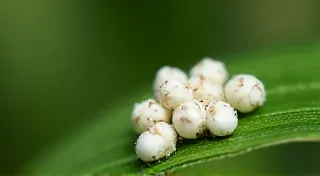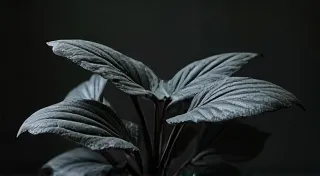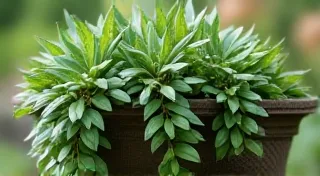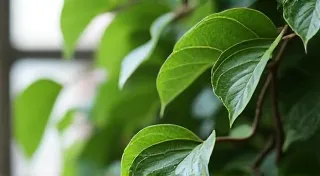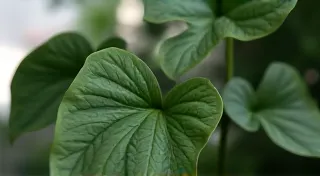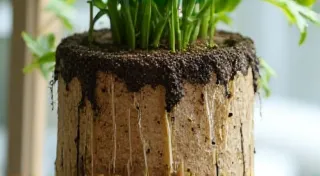Philodendron Pink Princess: Encouraging More Pink
The Philodendron Pink Princess (Philodendron erubescens ‘Pink Princess’) is a highly sought-after rare houseplant, celebrated for its stunning pink variegation. However, the intensity of this pink can vary considerably, leaving many owners wondering how to maximize its vibrancy. This guide will delve into the key factors influencing pink coloration in your Pink Princess and offer practical advice to help you cultivate a truly spectacular specimen.
Understanding the Genetics & Coloration
Firstly, it’s crucial to understand that the pink variegation in the Pink Princess is genetically controlled. It’s not a guarantee that every leaf will display significant pink. The amount of pink depends on the specific genetics of your plant. Some plants will naturally exhibit more pink than others, regardless of your care. However, your care can influence how those genes are expressed. The complexities surrounding variegation in plants are fascinating, and often involve intricate relationships between the plant's genes and its environment. Sometimes, the coveted variegation is a chimera – a genetic mosaic where different tissues have different genetic makeups.
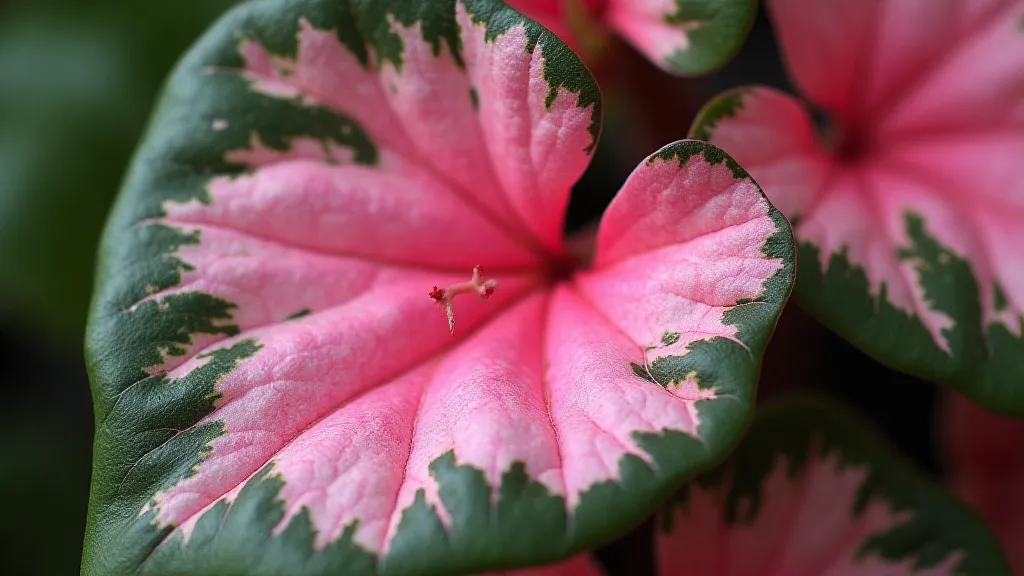
Light: The Key to Pink Expression
Light is arguably the most crucial factor. The Pink Princess requires bright, indirect light. Insufficient light will lead to a decrease in pink, often resulting in mostly green leaves. Too much direct sunlight, however, can scorch the leaves and also hinder pink development. Think of the light conditions it would receive in a humid rainforest environment. The genetic expression we see in our plants can be heavily influenced by environmental factors, and light is arguably the biggest lever we have to adjust that expression. For those looking to understand more about encouraging color in a wider range of plants, exploring variegation secrets can be a great starting point. It's not just about the intensity of the light, but also its quality – a full spectrum is ideal for encouraging healthy growth and vibrant coloration.
- Ideal Location: Near an east-facing window is generally best, providing gentle morning light. West-facing windows can work, but you might need to filter the afternoon sun.
- Light Intensity: You should be able to cast a clear shadow from your plant on a sunny day. If your plant is stretching or the leaves are significantly green, it needs more light.
- Artificial Light: If natural light is limited, supplement with a grow light. Full-spectrum LED grow lights work effectively.
- Light Duration: While not as critical as intensity, extending the duration of light exposure can also positively impact pink expression, particularly when using artificial light.
Fertilizer plays a supportive role. Pink variegation requires chlorophyll for the green parts of the leaf to function, and healthy leaf function is supported by nutrients. However, avoid over-fertilizing, as this can lead to dark green leaves and potentially diminish the pink. It's also worth noting that the presence of pests can dramatically affect your plant’s ability to uptake nutrients. If you’re struggling to keep pests at bay, particularly those like spider mites, spider mite control should be a priority. Nutrient deficiencies can manifest in various ways, impacting the plant's overall health and coloration. Maintaining a balanced nutrient profile is key to maximizing the vibrancy of your Pink Princess.
- Balanced Fertilizer: Use a balanced, liquid houseplant fertilizer (e.g., 20-20-20) diluted to half strength.
- Frequency: Fertilize every 3-4 weeks during the growing season (spring and summer). Reduce or stop fertilizing in the fall and winter.
- Magnesium: Some growers report that Epsom salts (magnesium sulfate) can enhance pink coloration, but use sparingly – a quarter teaspoon per gallon of water once a month is generally sufficient. Always research a deficiency before applying supplements. Magnesium plays a crucial role in chlorophyll production and overall plant health.
- Micronutrients: Don't overlook the importance of micronutrients like iron and zinc, which contribute to healthy leaf development and coloration. A well-rounded fertilizer will typically contain these essential elements.
Consistent moisture is important, but avoid overwatering. Allow the top inch or two of soil to dry out between waterings. Pink Princesses thrive in higher humidity environments. If your home is dry, consider using a humidifier or placing the plant on a pebble tray filled with water. Maintaining proper humidity is key to overall plant health, just as the correct lighting and nutrients are. The right humidity prevents moisture loss and encourages optimal photosynthesis.
Propagation: Spreading the Pink
Propagating your Pink Princess can be a bit challenging, as it’s notoriously difficult to get pink variegation in cuttings. Often, propagations revert to solid green. This reversion is a common occurrence in variegated plants, especially those that are chimeras. However, it's still worth attempting! While water propagation can be appealing for its transparency, it’s crucial to consider that it doesn’t always guarantee the expression of desired traits. Similar challenges exist when propagating other rare plants, and learning techniques like air layering can offer more reliable results in certain cases. Air layering allows you to bypass the uncertainty of traditional propagation methods, ensuring that the new plant inherits the variegation of the parent plant.
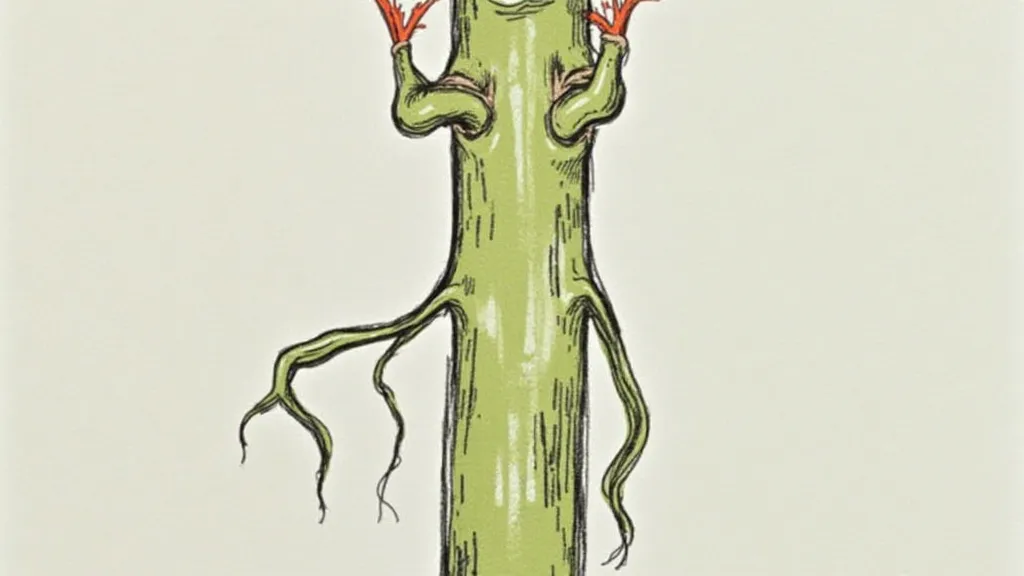
- Stem Cuttings: Take stem cuttings with at least one node (where a leaf emerges). Including a node increases the chance of rooting.
- Water Propagation: Place the cutting in water, ensuring the node is submerged. Change the water every few days.
- Soil Propagation: Alternatively, you can root the cutting directly in moist potting mix.
- Patience is Key: Even if you do everything correctly, there’s no guarantee the cutting will exhibit pink variegation. Be prepared for it to revert to green and consider this a learning experience.
- Node Selection: When selecting nodes for propagation, try to choose those that show a more prominent pink variegation. While not guaranteed to result in a variegated cutting, it may increase the odds.
Pest Control
Like all houseplants, Pink Princesses are susceptible to common pests such as spider mites, mealybugs, and aphids. Regularly inspect your plant for signs of infestation and treat promptly with insecticidal soap or neem oil. Early detection and intervention are critical to preventing widespread infestations and maintaining the health of your plant. Maintaining optimal growing conditions – proper light, humidity, and fertilization – can also help to bolster the plant's natural defenses against pests and diseases.
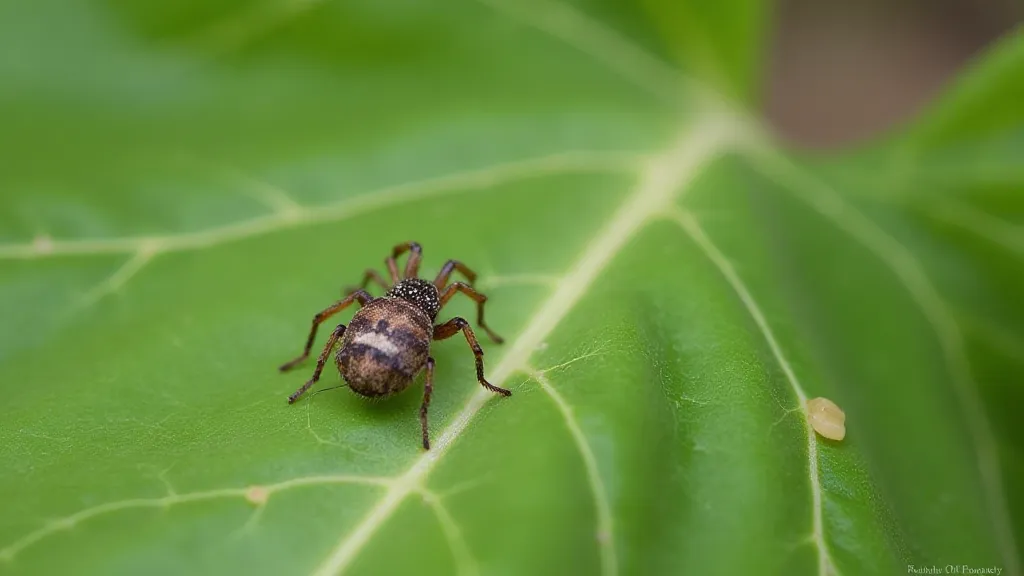
Troubleshooting Common Issues
Beyond light and fertilization, several other factors can impact your Pink Princess’s pink expression. Nutrient deficiencies (beyond magnesium) can manifest as unusual leaf colors or patterns. Root rot, often caused by overwatering, can severely impact a plant's ability to absorb nutrients and water, leading to stunted growth and discoloration. Environmental stress, such as sudden changes in temperature or humidity, can also trigger stress responses that affect variegation. Identifying the root cause of these issues requires careful observation and a systematic approach to troubleshooting. Addressing any underlying environmental or physiological issues is crucial for maximizing the expression of the coveted pink variegation.
Final Thoughts
Cultivating a vibrant Philodendron Pink Princess is a rewarding but sometimes challenging endeavor. By understanding the importance of light, fertilization, and propagation techniques, you can increase the likelihood of showcasing the full beauty of this rare and highly desirable houseplant. Remember that genetics play a significant role, and patience is essential! Embracing a holistic approach to plant care, considering all factors from light and nutrients to pest control and propagation, is key to unlocking your Pink Princess’s full potential. Enjoy the journey of nurturing this exceptional plant and appreciate the unique beauty it brings to your home.
